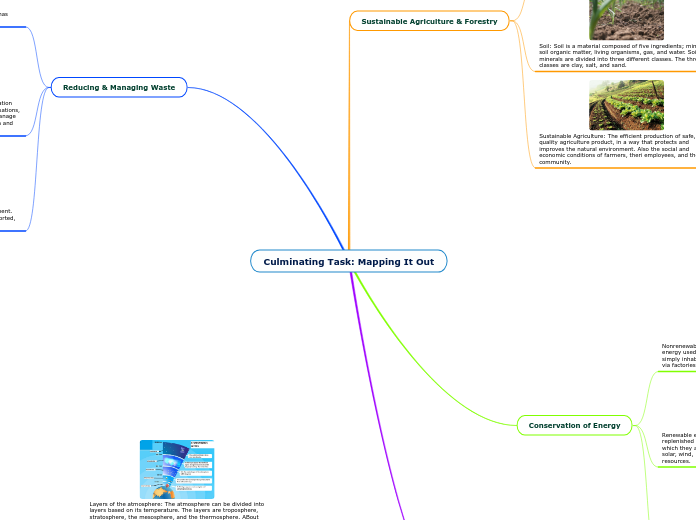Culminating Task: Mapping It Out
Sustainable Agriculture & Forestry

Silviculture is the branch of forestry that deals with establishing, caring for and reproducing stands of trees for a variety of forests. Tis includes wildlife habitat, timber production, and outdoor recreation. Silvicultural system blends harvesting, tending, and protection from insects and diseases into a series of forest management options. The forests are managed under one of three silvicultural system; the clear-cut, the shelterwood, and the selection.
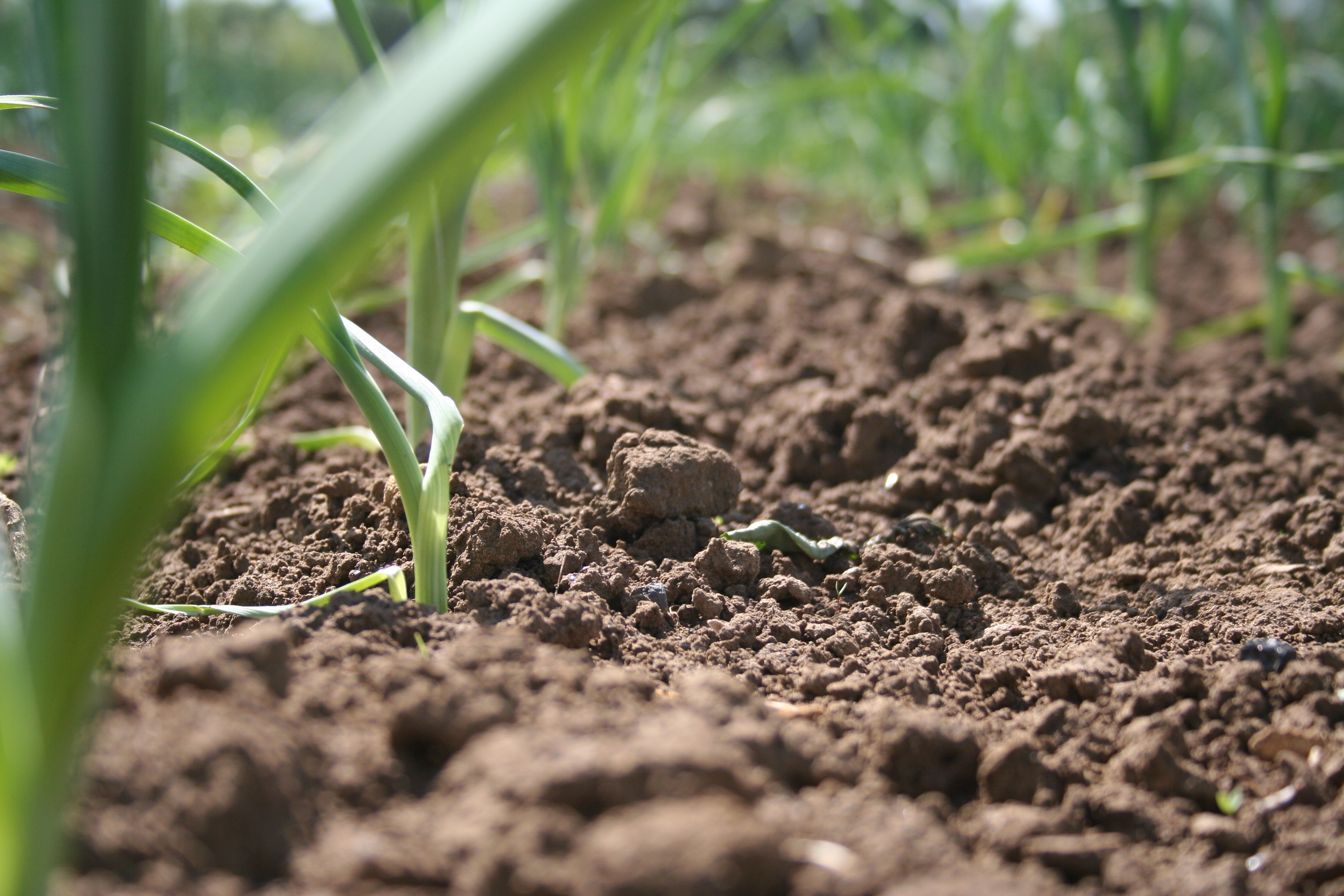
Soil: Soil is a material composed of five ingredients; minerals, soil organic matter, living organisms, gas, and water. Soil minerals are divided into three different classes. The three classes are clay, salt, and sand.
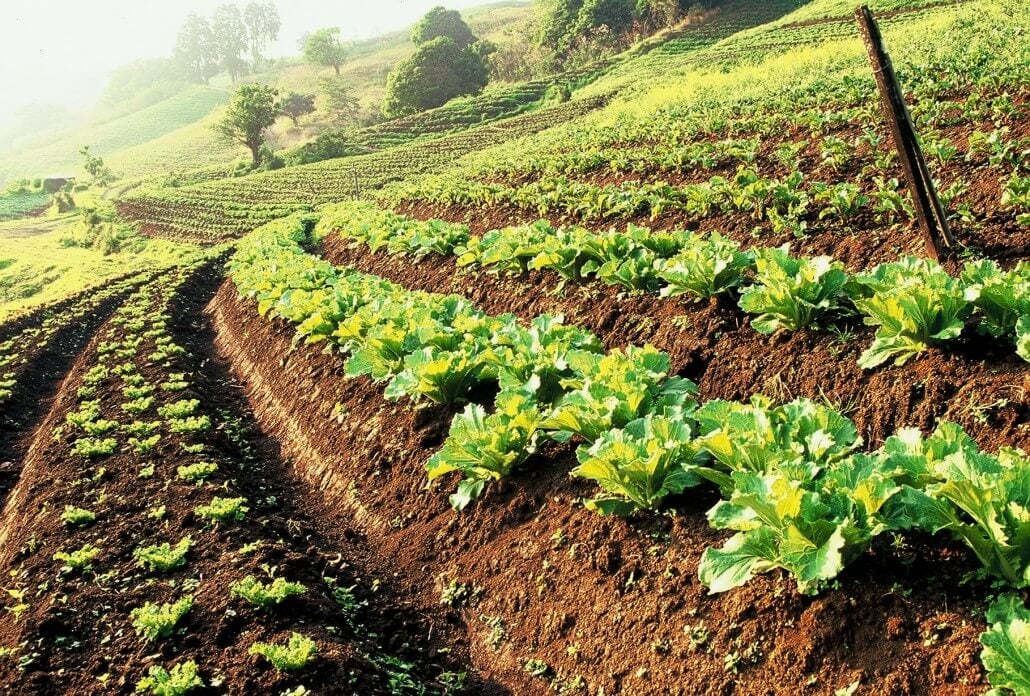
Sustainable Agriculture: The efficient production of safe, high-quality agriculture product, in a way that protects and improves the natural environment. Also the social and economic conditions of farmers, theri employees, and the local community.
Conservation of Energy
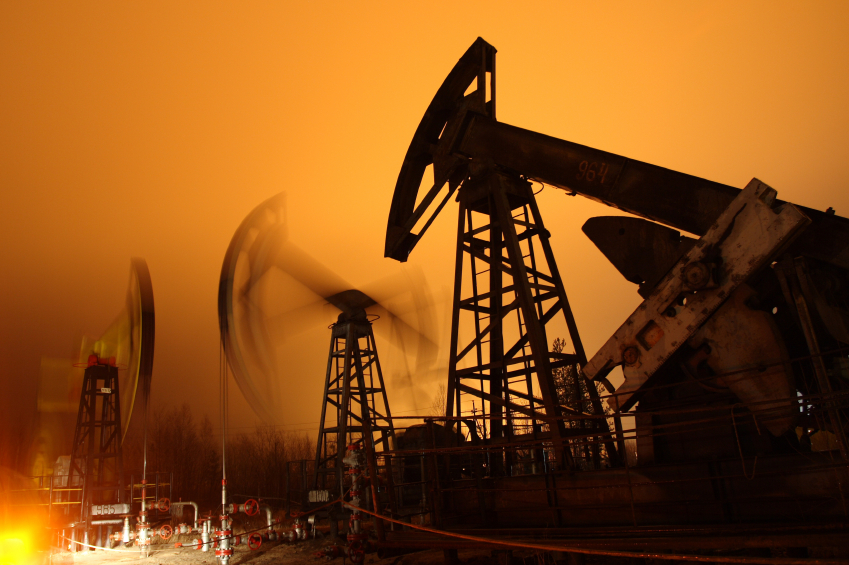
Nonrenewable resources: Energy consumption refers to all energy used to perform an action, manufacture something or simply inhabit a building. Energy consumption can be viewed via factories, household, and even transportation.

Renewable energy is derived from natural processes that are
replenished at a rate that is equal or faster then at the rate which they are consumed. Examples or renewable energy are; solar, wind, biomass, geothermal, hydropower, and ocean resources.
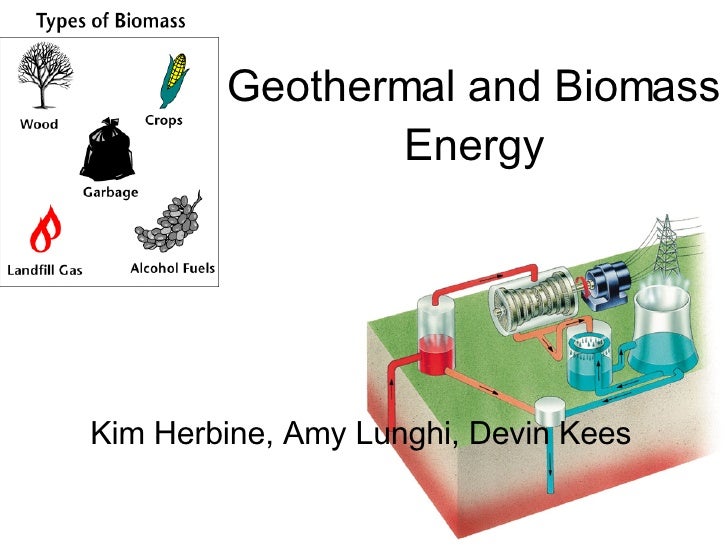
Geothermal and biomass energy are two promising renewable
energy resources that can be used for the production of heat, electricity, and biofuels. This allows the reduction of fossil fuel consumption and associated greenhouse gas emissions.
Reducing & Managing Waste

Solid-waste management, the collecting, treating, and disposing of solid material that is discarded because it has served its purpose or is no longer useful.

Liquid Waste Management: Liquid waste management requires; capital investment, skilled personnel, coordination between different government departments and organisations, and awareness of the issues by the public. Failure to manage liquid wastes, especially human excreta, leads to health and environmental problems.
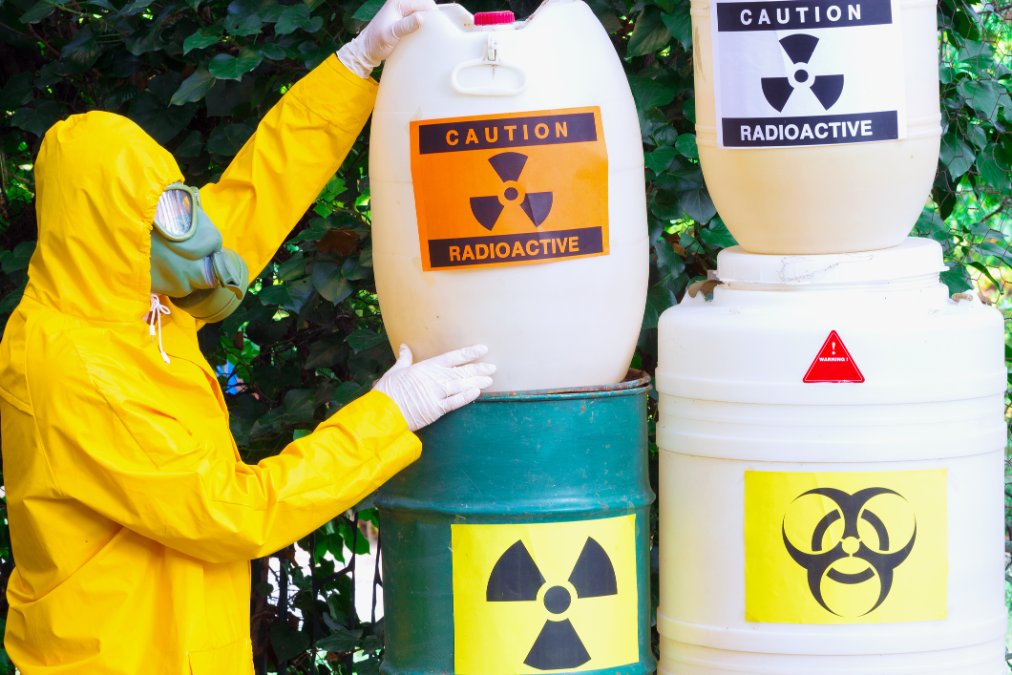
Hazardous Waste: Hazardous waste is waste that when present, in quantities and concentrations that are high enough, pose a threat to human health or the environment. The pose a threat If they aren't properly stored, transported, treated or disposed.
Human Health & The Environment
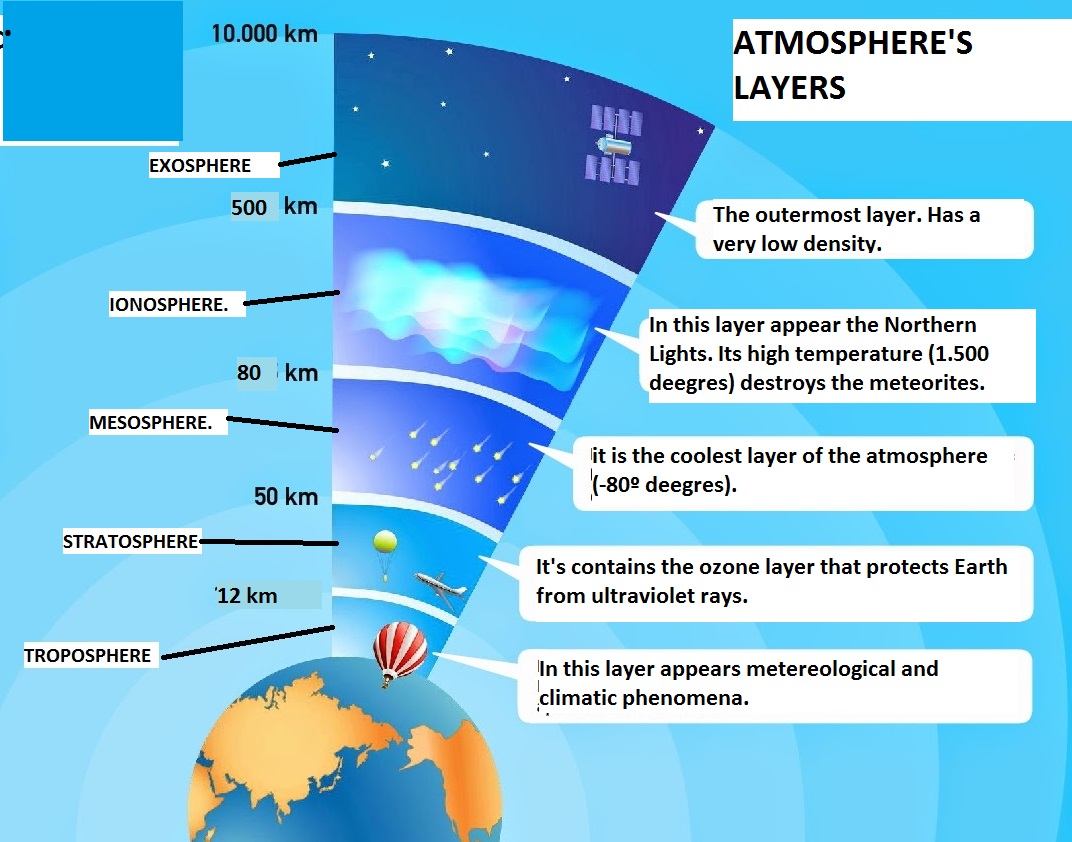
Layers of the atmosphere: The atmosphere can be divided into layers based on its temperature. The layers are troposphere, stratosphere, the mesosphere, and the thermosphere. ABout 500 km above the Earth's surface is called, the exosphere.

Improving Air Quality: Making an effort to improve indoor air quality can help to avoid asthma flare-ups and allergy symptoms and keep you breathing easy through the cold months. Some examples of air quality; conserve energy-at home-everywhere. Carpool, use public transportation, bike, or walk whenever possible.
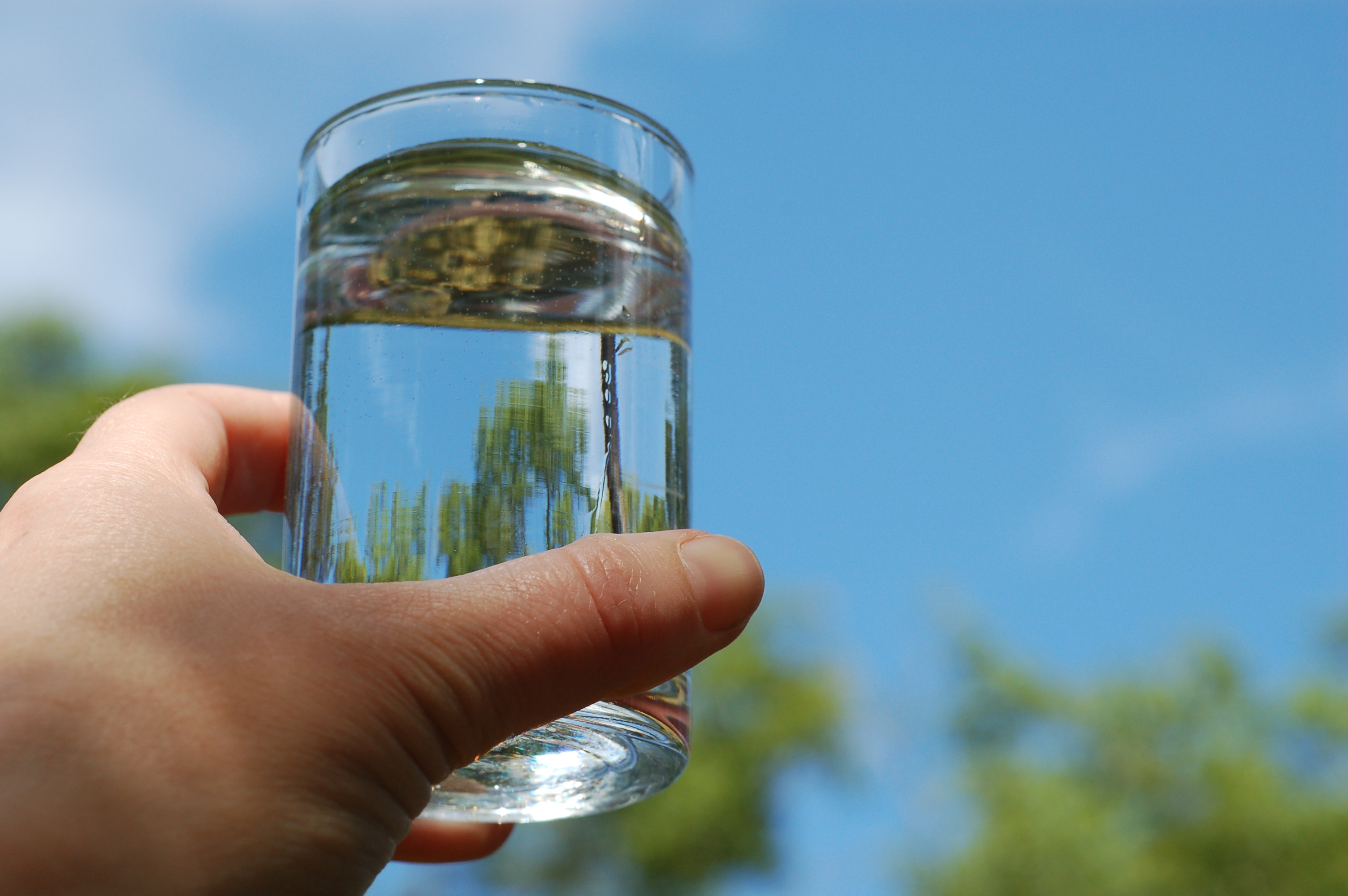
Water quality describes the condition of water, including chemical, physical, and biological characteristics, usually with respect to its suitability for a particular purpose such as drinking or swimming. Water quality is one of the most important factors in a healthy ecosystem. Clean water supports a diversity of plants and wildlife. Though it may seem unrelated at first, our actions on land affect the quality of our water.
